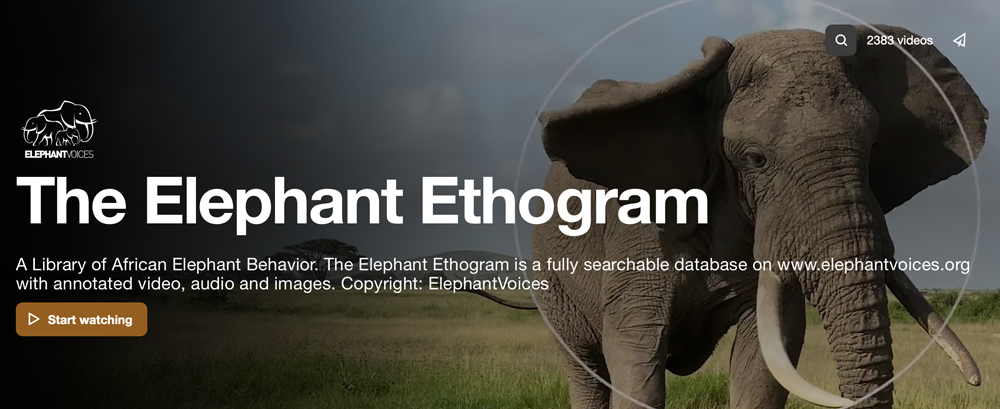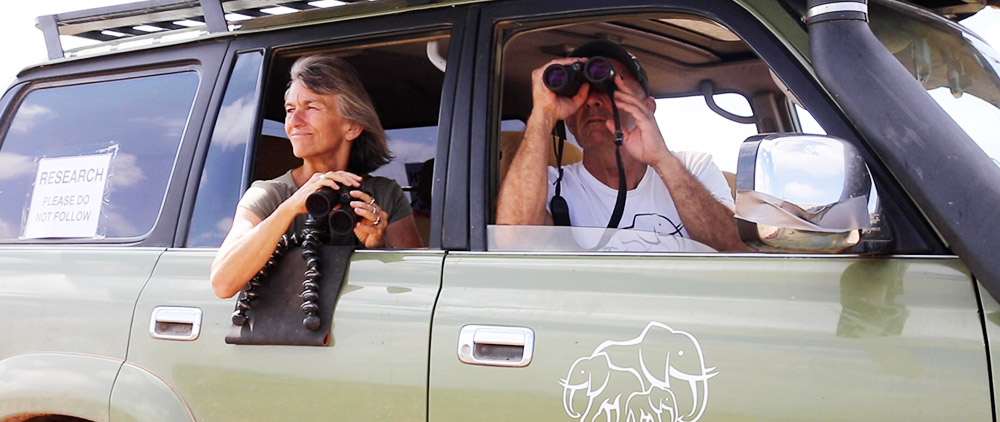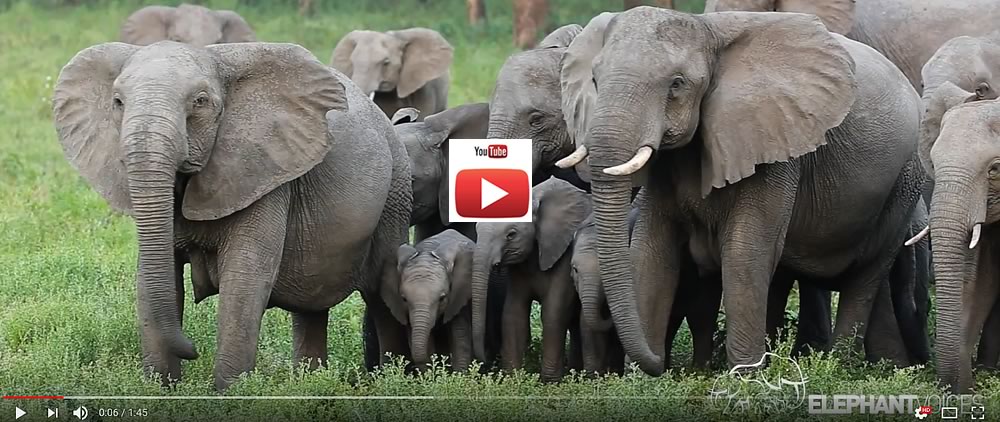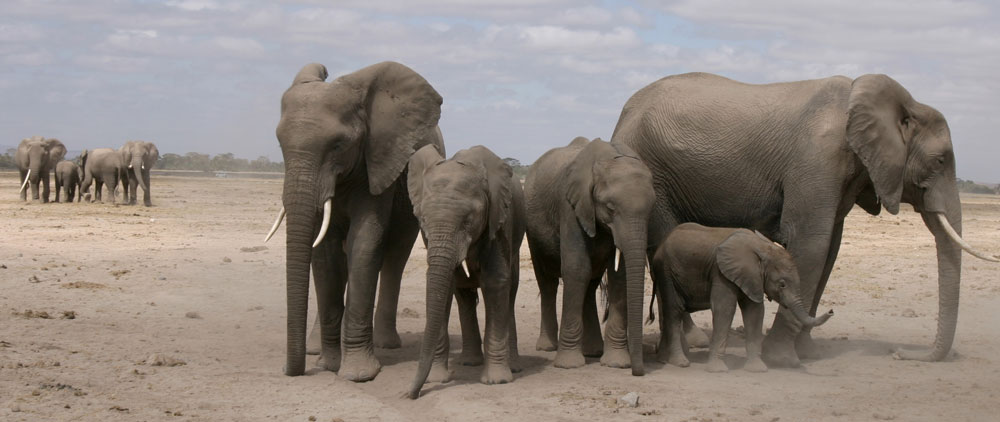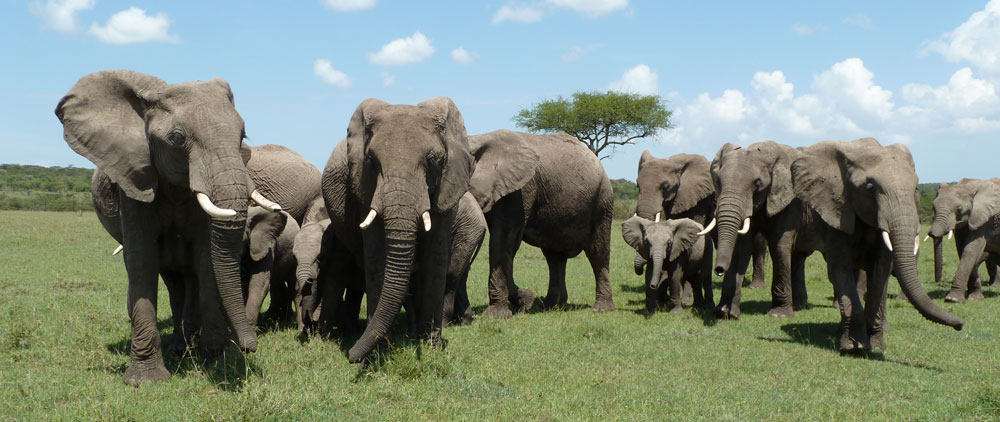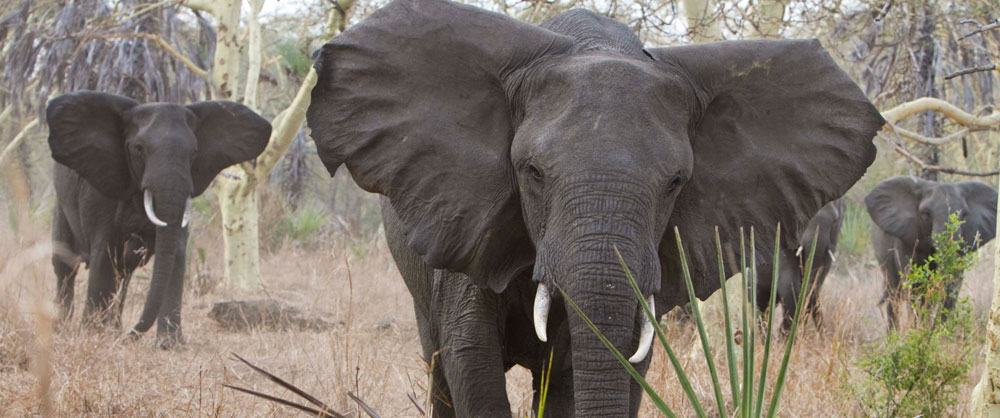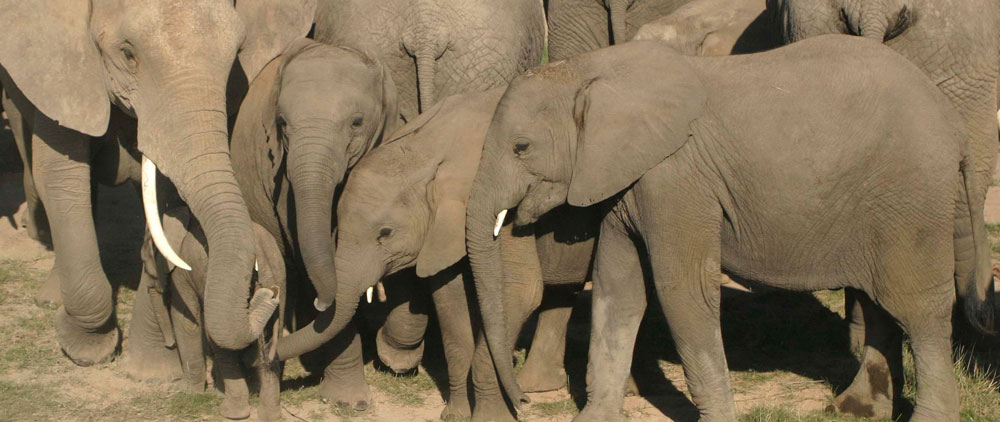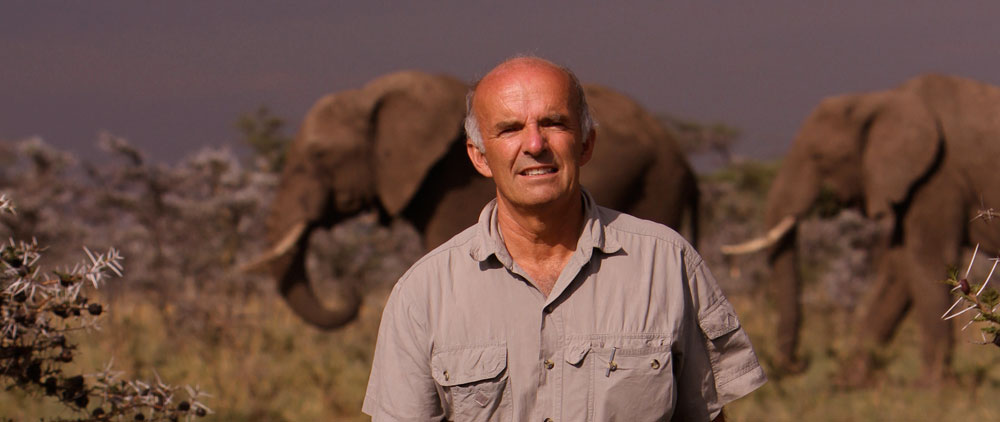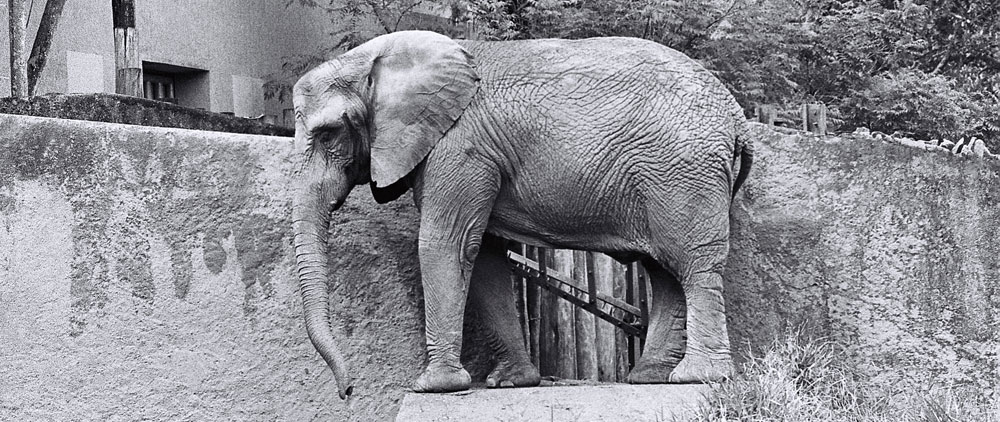elephant vocalisation
-
Acoustic communication
Acoustic (that is, sound) signals are omni directional (i.e. they travel in all directions) and can be broadcast to a large audience of intended and unintended listeners, including those in view and those hidden from view. Being short-lived and deliberate, acoustic signals are useful for giving information about an immediate situation, rather than about a constant state. Through reflection, refraction and absorption, acoustic signals are degraded by the environment in ways that are often very much greater for high frequency sounds than for very low frequency sounds. Elephants are specialists in the production of low frequency sound and in the use of long-distance communication. Check out some good examples on acoustic communication by elephants in article "What Elephant Calls Mean: A User's Guide" published by National Geographic in 2014, based on the work of ElephantVoices.
The range of sounds elephants produce
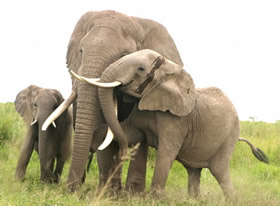 African elephants produce a broad range of sounds from very low frequency Rumbles to higher frequency Snorts, Barks, Roars, Cries and other idiosyncratic sounds. The most frequently used type of call is the very low frequency Rumble. You can search for, listen to and read about numerous calls and other sounds made by elephants on The Elephant Ethogram: A
African elephants produce a broad range of sounds from very low frequency Rumbles to higher frequency Snorts, Barks, Roars, Cries and other idiosyncratic sounds. The most frequently used type of call is the very low frequency Rumble. You can search for, listen to and read about numerous calls and other sounds made by elephants on The Elephant Ethogram: A -
Introduction
The Elephant Ethogram is a uniquely detailed catalogue, or library, of the behavior and communication of African savanna elephants (Loxodonta africana). It is based on decades of ElephantVoices behavioral studies, photographs, and audio and video recordings, the referenced research of other elephant biologists, as well as professional and amateur footage made available to ElephantVoices. You can read more about how elephants communicate within this section of elephantvoices.org. The Elephant Ethogram was launched in May 2021.
 The Elephant Ethogram consists of written and referenced descriptions, video examples, photographic illustrations and, where relevant, audio recordings, of 322 Behaviors, 103 Behavioral Constellations and 23 Behavioral Contexts. There are close to 3,000 media files in the fully searchable Elephant Ethogram including 2,408 video clips (18 August 2021).
The Elephant Ethogram consists of written and referenced descriptions, video examples, photographic illustrations and, where relevant, audio recordings, of 322 Behaviors, 103 Behavioral Constellations and 23 Behavioral Contexts. There are close to 3,000 media files in the fully searchable Elephant Ethogram including 2,408 video clips (18 August 2021).The concept and structural design of The Elephant Ethogram was developed by Joyce Poole and Petter Granli of ElephantVoices. Programming and database maintenance is handled by Derrick Joel, Nairobi, Kenya in collaboration with Petter. The Elephant Ethogram is coded in open source software PhP and MySQL in Joomla! CMS, and is hosted on Cisco servers as a section of elephantvoices.org. Video and audio is hosted on Vimeo and SoundCloud, respectively.
What is an Ethogram?
An ethogram is a comprehensive list, inventory, catalogue or description


